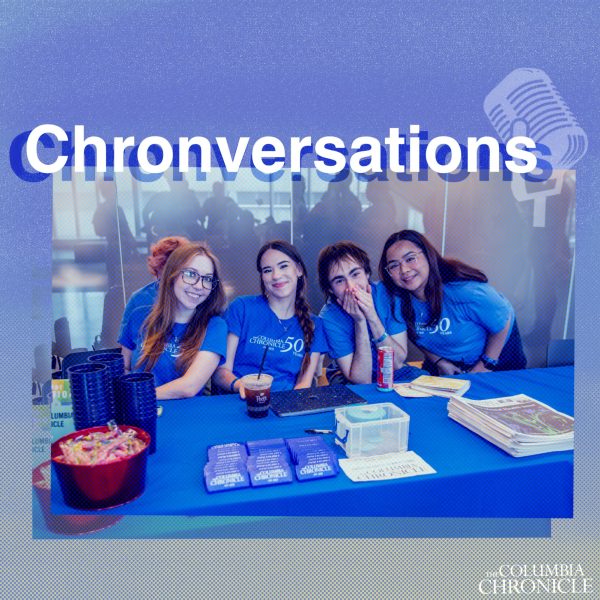Chicago celebrates 150 years of Wright
May 1, 2017
To celebrate the contributions of the iconic architect, the Frank Lloyd Wright Trust will host a series of events to honor 150 years since his birth.
After-hours events at the Robie House, 5757 S. Woodlawn Ave., throughout April began the excitement of the Wright 150 celebration, but the birthday events officially begin May 18 with Wright Night, an invitation-only cocktail reception along with a silent auction at the Rookery Building, 209 S. LaSalle St.
Recognizing Wright’s birthday June 8, the Frank Lloyd Wright Trust is hosting free tours of significant Wright-designed locations around the Chicago area, including his home and studio in Oak Park, the Robie House, and the Bach House, 7415 N. Sheridan Rd.
The organization, which educates the public about Wright’s designs, has been planning the celebration for more than a year to ensure the events resonate with community members, according to Andrea Brown, senior manager of public relations at the trust.
“We want to connect with the communities that we have our house museum in,” Brown said. “We want people to appreciate what they have in their own backyards.”
Although it hosts workshops every summer for children, Laura Winkle, the trust’s education manager, said it wanted to expand its programs for the celebration. It did so with a free camp featuring workshops for families teaching the importance of nature, design, teamwork and creativity. The camps, which will be held June 3–4 at the Midway Plaisance field house, 1130 Midway Plaisance, are fostered by a partnership with the Chicago Park District and the Illinois Institute of Technology School of Architecture.
“It gives students a voice,” Winkle said. “It gives them the authority to be creative and innovative, not to be afraid to take the risk and make the changes they think they should make in their communities. Wright is a great example for them; he inspired that individual vision, let them be themselves and pursue ideas.”
Michelangelo Sabatino, professor and director of the doctorate program at the College of Architecture at the Illinois Institute of Technology, has developed the course “Wright vs. Ludwig Mies van der Rohe,” which focuses on the two architects’ styles and interest in using organic substances in their work.
“[Wright’s] ideas have been wide-ranging, especially in relationship to his attitudes toward nature and his attitudes toward sites,” Sabatino said.
Sabatino also said that Wright’s legacy is about ideals that translate and adapt to different interests and ideas among all of the generations.
“The reason why Wright is important is he promoted an architecture that was responsive to climate and responsive to sight,” Sabatino said. “Even today, we are growing concern about making sustainable and green buildings that his ideas can be applied to.”
The camps will not only be a way of getting children involved in architecture but also will teach them ways to create relevant solutions with relationships and living their lives, according to Winkle.
“[Wright] was an innovator,” she said. “He really changed the way that we think about American architecture. He had such a unique vision; he was pretty vocal around the fact that he thought architecture and design can really change the way people lived.”








